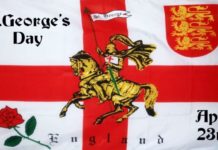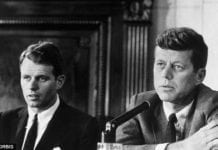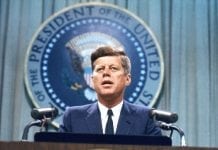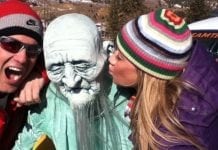Children throughout the world look forward to Christmas and the appearance of the little fat man in his red suit and jolly white beard. Santa tribute acts have appeared at children’s parties, private homes and shopping center grotto’s for as long as most of us can remember, firmly establishing himself as just about the most important part of the year for anybody under 12 years old, throughout the world. (And their parents)
Most, if not all, of us have tried to stay awake long enough to see Rudolph the Red Nosed Reindeer clip clopping across the roof tops bringing Santa to our chimneys. And then, as we get a little older, we realise we don’t have a chimney, or catch Mum or Dad eating Rudolph’s mince pies and Granny drinking Santa’s cherry.
European folklore has been telling stories of the mysterious Christmas time gift-giver in the shape of St Nicholas since the 4th Century BC, loosely based on the popular Bishop of Asia Minor.
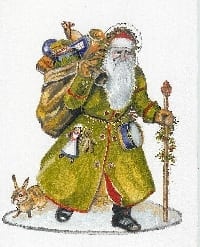 But in truth it was the Dutch who initially radiated the idea of Santa Claus as a bringer of a sack full of gifts at Christmas time on board his sleigh, drawn by eight reindeers all the way from his home near the North Pole.
But in truth it was the Dutch who initially radiated the idea of Santa Claus as a bringer of a sack full of gifts at Christmas time on board his sleigh, drawn by eight reindeers all the way from his home near the North Pole.
They called this fellow Sante Klaas and carol singers often accompanied him. This image spread quickly through the United States as that new country struggled to establish its own traditions in the 18th Century.
Then along came Clement C. Moore and Thomas Nast. It was Moore who, in 1823, published his poem ‘A Visit from St. Nicholas’ (better known as ‘Twas the Night Before Christmas’) describing Santa as a jolly little fat man with a white beard.
extract;
His eyes how they twinkled! His dimples how merry!
His cheeks were like roses, his nose like a cherry;
His droll little mouth was drawn up like a bow,
And the beard on his chin was as white as the snow . . .
He had a broad face, a little round belly
That shook when he laughed, like a bowl of jelly.
He was chubby and plump, a right jolly elf . . .
Later, in 1863 as Civil War raged, the political cartoonist Thomas Nast was asked to create a version of St. Nicholas for Harper’s Illustrated Weekly and Nast’s visualised Moore’s Santa in a now famous image of him as a happy plump elf wearing a woolly suit with whiskers and a beard handing out gifts to soldiers and their children.
But he still doesn’t look quite like our Santa, in fact he is wearing a Stars and Stripes jacket.
For our now accepted image of Santa Claus we travel back to the late 19th century and the invention of Coca Cola, a popular new ‘medicinal drink’ containing coca-bean extract (cocaine) which guaranteed a renewed vitality and agility whilst in the process generally making you feel good.
No surprise there then. Coca-Cola was usually available as an adult pick-me-up down at any local pharmacy but by 1930 the company had decided to broaden its appeal as a family drink. Cocaine had been replaced by caffeine but sales during the great depression were slow and a new marketing plan was called for.
In 1931 Coca-Cola launched a new extensive advertising campaign that pioneered the use of well know artists to create images for their product to be used with nationwide family sales promotions.
The most successful of these images was produced by a Swedish artist called Haddon Sundblom, who created an image of Santa Claus, modelled on the appearance of retired salesman Lou Prentice, as a jolly little fat man with a white beard and red suit and hat handing out bottles of coke to families at Christmas.
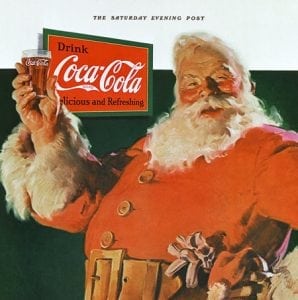 This was when the modern image of Santa Claus first appeared and remains a Coca-Cola owned image to this day, which is the reason you only ever see Santa Claus featured in their adverts.
This was when the modern image of Santa Claus first appeared and remains a Coca-Cola owned image to this day, which is the reason you only ever see Santa Claus featured in their adverts.
They own the image and no one else is allowed to recreate it for their use. That’s right kids, Coca-Cola owns Santa’s ass.
Sundblom’s creation is now the accepted worldwide image of Christmas and must go down as one of the most successful marketing campaigns of all time which, happily, has lead to a down side.
The fact is that the Santa image is so well known, better in some parts of the world than even Coca-Cola is, that most people do not associate the two in any way at all. I believe the expression is ‘hoist by their own petard’. – Albert Jack
Albert Jack AUDIOBOOKS available for download here

More Urban Legends with Albert Jack



